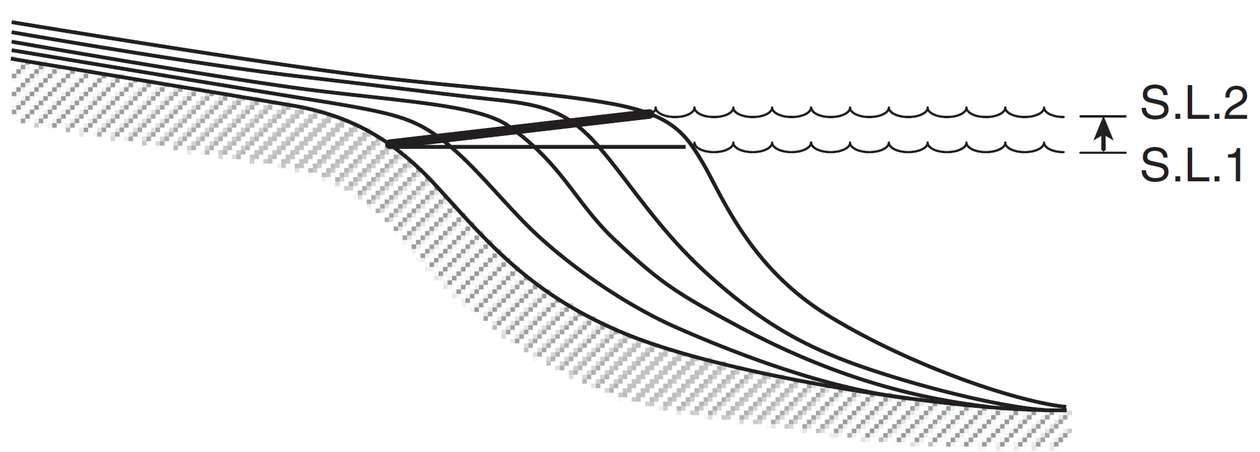Trajectory analysis
Trajectory analysis investigates the time-space migration paths of ancient sedimentary environments.
Main content
Trajectory analysis is a new tool in the stratigrapher's methodological toolkit for a dynamic analysis of sedimentary successions, stemming from the modern concepts of sequence stratigraphy. By studying the temporal-spatial migration paths of some narrow and geomorphologically well-defined palaeoenvironments, such as the shoreline or shelf-edge break, this approach adds an important dynamic dimension to our understanding of the development of sedimentary successions, changes in palaeoenvironmental conditions and spatial distribution of rock types. The integration of descriptive and interpretative aspects of trajectories improves our understanding of how ancient sedimentary systems formed and shifted laterally through time. Trajectories are a valuable contribution to geological 3D subsurface data, such as seismic and GPR sections, allowing a more complete utilization of these data sets.
